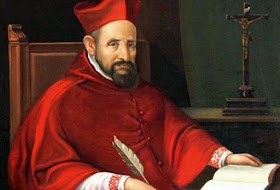 |
| A reflection of Mount Hood on Trillium Lake, Oregon |
It is because we are different that each of us is special.
Do not set your goals by what other people deem important.
Only you know what is best for you.
Do not take for granted the things closest to your heart.
Cling to them as you would your life,
For without them, life is meaningless.
Do not let your life slip through your fingers by living in the past nor for the future.
By living your life one day at a time, you live all the days of your life.
Do not give up when you still have something to give.
Nothing is really over until the moment you stop trying.
It is a fragile thread that binds us to each other.
Do not be afraid to encounter risks. It is by taking chances that we learn how to be brave.
Do not shut love out of your life by saying it is impossible to find.
The quickest way to receive love is to give love;
The fastest way to lose love is to hold it too tightly;
In addition, the best way to keep love is to give it wings.
Do not dismiss your dreams. To be without dreams is to be without hope;
To be without hope is to be without purpose.
Do not run through life so fast that you forget not only where you have been,
but also where you are going.
Life is not a race, but a journey to be savored each step of the way.
PS: There may not be any posts over the next few days. since I may not have access to the Internet.
















































